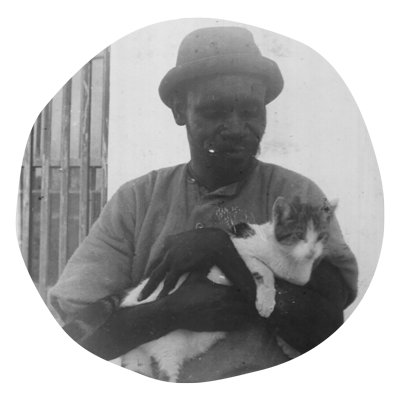Rottnest Island Legacy
Dispossession of Country
Rottnest Island functioned as an extension of the colonial agenda. Many Aboriginal men were taken to the island prison not simply as a punishment for a crime, but to deliberately remove them from their people, and their Country. The range of Aboriginal prisoner origins reflected the continued expansion of colonial rule across Western Australia.
Barbara Bynder, a Nyoongar Traditional Owner, discusses the act of removing senior Aboriginal leaders as a deliberate act of colonial assimilation. The men were viewed as a threat to the English empire and treated accordingly.
“I think at the time, that was the intended impact of colonisation. And the way to do that is to take those senior lore men, put them on an Island, you know, because that's how you assimilate. You take away our leadership and take away our governance lores through those men.”
— Barbara Bynder, Nyoongar Elder and descendant of Helia, one of the first six prisoners on the island
Aboriginal slavery
During the prison era, Aboriginal people were forced to construct a number of buildings on Wadjemup. Many of these iconic buildings still exist today. The Quod, seawall, museum, salt store, church, lighthouses and heritage cottages in the main town were all built in the worst period of the island’s history.
The Quod was built by Aboriginal men and boys in 1864. It operated as a prison until it was converted to holiday accommodation. Courtesy of Rottnest Island Museum, 2012.85.1.
An Aboriginal prisoner sits in front of the Salt Refinery on Wadjemup in 1989. Courtesy Rottnest Island Museum, Rutherford collection of photographs of Rottnest Island 2014.33.
Under the management of Superintendent Henry Vincent, prisoners were subjected to atrocious conditions. In 1840, two prisoners died of sunstroke due to having their heads shaved and then being forced to work for hours in the heat.
The prison officially closed in 1904, yet Wadjemup continued to operate as a forced labour camp for Aboriginal prisoners until 1931. The main cell block and connected buildings (The Quod) were converted to holiday accommodation in 1911. The Quod continued to house tourists until its closure in 2018.
(L-R) Georgie, Charlie, and Georgie and Wooby c. 1917. Aboriginal men continued to serve as prisoners on Wadjemup despite the island’s conversion to a holiday destination.
Courtesy of Rottnest Island Museum, 2017.122, 2017.105, 2017.106.
Rottnest Island Heritage buildings, the Seawall and Boatshed were built by Aboriginal men during the prison era.




